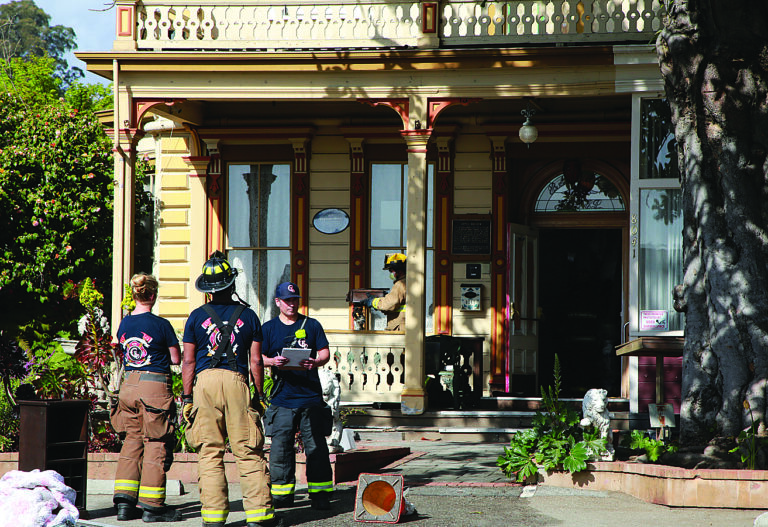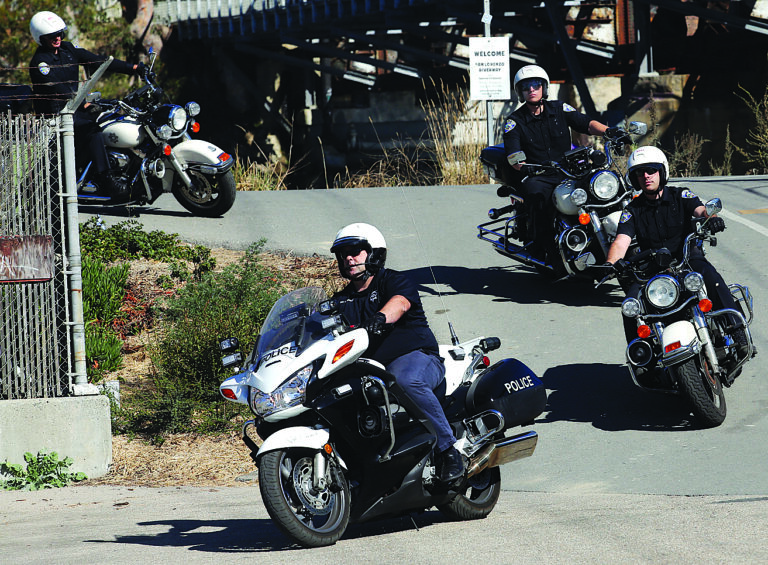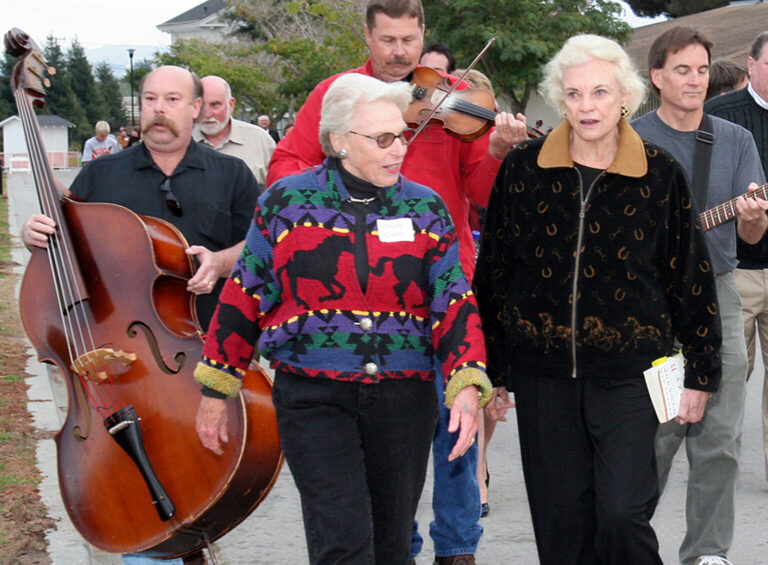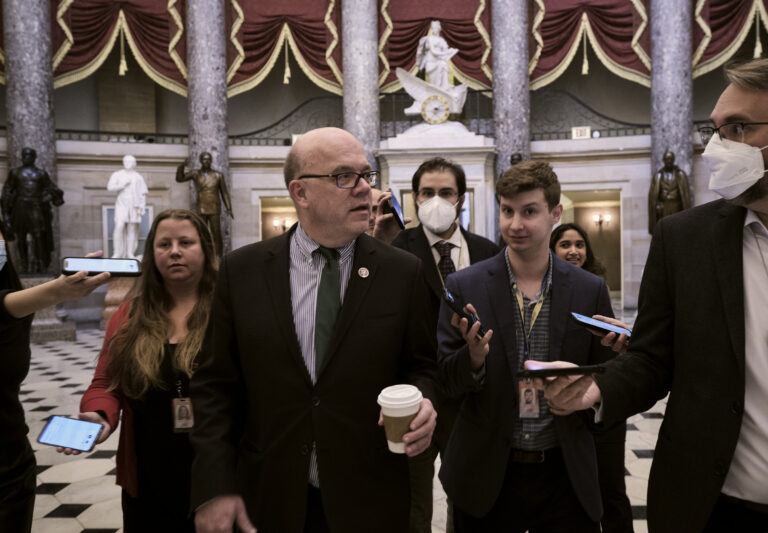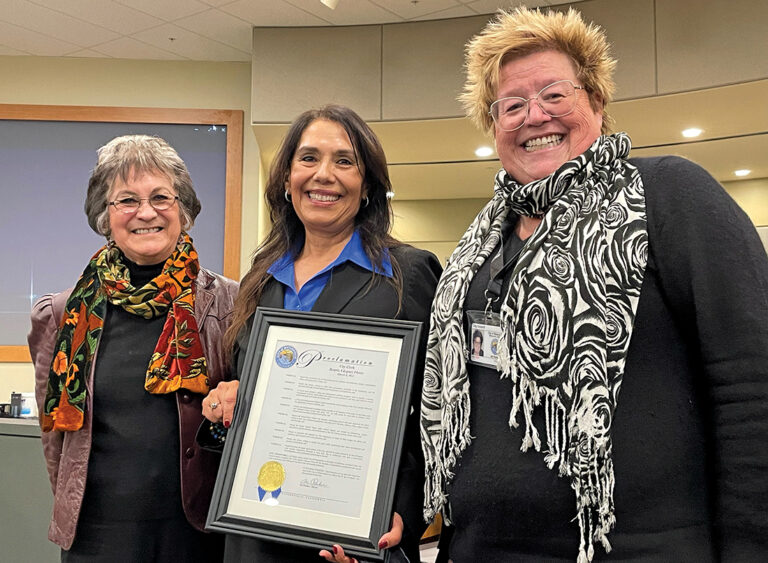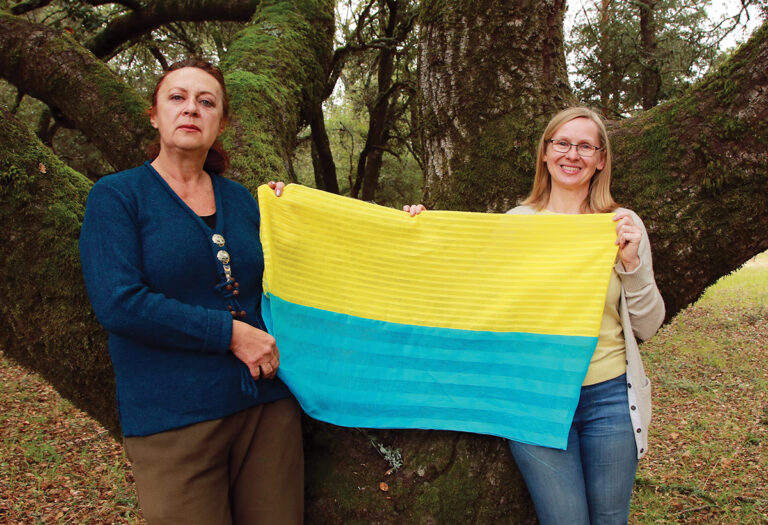By Emily Cochrane, The New York Times
The House on Wednesday passed a sprawling $1.5 trillion federal spending bill that includes a huge infusion of aid for war-torn Ukraine and money to keep the government funded through September, after jettisoning a package to fund President Joe Biden’s new COVID-19 response effort.
Bipartisan approval of the first major government spending legislation of Biden’s presidency marked the first time since he took office that Democrats were able to use their congressional majorities and control of the White House to set funding levels for their priorities, including climate resilience, public education and child care.
But the exclusion of the $15.6 billion pandemic aid package, amid disputes about its cost that threatened to derail the broader legislation, infuriated the White House and frustrated Democratic leaders, leaving the fate of the Biden administration’s coronavirus strategy uncertain.
The president’s team has said it is in urgent need of funding for testing, therapeutics, vaccines and efforts to stop new variants. Officials had initially suggested they needed as much as $30 billion before requesting $22.5 billion, an amount that got whittled down in negotiations with Republicans, who resisted spending any new federal money on the pandemic.
In response, top Democrats had agreed to take the funding from existing programs, including $7 billion set aside under last year’s $1.9 trillion coronavirus aid law to help state governments. But that approach drew a backlash from many Democrats and governors in both parties, outraged at the idea of clawing back assistance that states had been counting on.
Not long after the 2,700-page spending bill was released early Wednesday and just hours before a scheduled vote, a number of Democrats privately registered their dismay with party leaders, raising the prospect that the entire package could collapse for lack of support. The dispute froze activity on the floor for hours as top Democrats rushed to salvage the spending measure.
By midafternoon, Speaker Nancy Pelosi of California notified Democrats in a brief letter that the coronavirus money would be dropped.
“It is heartbreaking to remove the COVID funding, and we must continue to fight for urgently needed COVID assistance, but unfortunately that will not be included in this bill,” Pelosi wrote.
The episode underscored the deep and persistent political divides over the pandemic, and the federal government’s role in responding to it. But it also demonstrated that as infections and deaths subside, COVID-19 is no longer the dominant priority in Washington.
Instead, the spending measure was fueled in large part by strong bipartisan support for a $13.6 billion aid package to help Ukraine as it endures a brutal invasion by Russia, and by the determination of Democrats to finally see their funding priorities enshrined in law more than a year after Biden took office.
In addition to adding billions of dollars to the federal budget, the sprawling spending bill achieves a number of Democratic priorities, including long-awaited reauthorization of the Violence Against Women Act and clarifying that federal regulatory jurisdiction extends to vaping and synthetic tobacco.
“For the first time in a long time, I believe we show just how government can work for working people once again and to achieve the betterment of humankind,” said Rep. Rosa DeLauro, D-Conn., chair of the House Appropriations Committee.
Lawmakers more than doubled what the Biden administration requested in emergency aid for Ukraine, sending about $6.5 billion to the Pentagon for military assistance and about $6.7 billion in humanitarian and economic aid to help both refugees and those who remained in the country.
Overall, the measure would significantly increase federal spending, setting aside $730 billion for domestic programs and $782 billion for the military. Democrats hailed a $46 billion increase in domestic spending, which they said was the largest in four years. And Republicans crowed that they had resisted a liberal push to reduce Pentagon spending and maintained a number of longtime policy provisions, like the Hyde Amendment, which bans federal funding for most abortions.
The House passed the measure in two pieces, allowing members of each party to support the initiatives they favored. The military and homeland security spending passed 361-69, while the domestic spending passed 260-171, with one lawmaker, Rep. Rashida Tlaib, D-Mich., voting present. The bill now goes to the Senate.
“This compromise is not the bill that Republicans would have written on our own,” Sen. Mitch McConnell of Kentucky, the minority leader, said in a statement. “But I am proud of the major concessions we have extracted from this all-Democrat government.”
The military spending reflects priorities Biden mentioned in his State of the Union address, such as increased funding to help Ukraine and bolster the defense of the Baltic States. Billions of dollars for long-term goals of building additional ships and aircraft would be funded, including 13 new Navy vessels, a dozen F/A-18 Super Hornets and 85 F-35 Joint Strike Fighters.
The bill would also provide $5 million for what it calls “ex gratia” payments to the survivors of the Aug. 29 drone strike on a family in Kabul, Afghanistan, which the Pentagon admitted was a mistake that killed 10 civilians, including seven children, after an investigation by The New York Times.
It also would provide a 2.7% pay raise for all 2.1 million uniformed service members as well as the approximately 750,000 civilian employees of the Defense Department, and includes nearly $400 million more than Biden had requested to increase housing and food subsidies for military families in response to rising prices.
A House summary said the bill would provide more than $1.6 billion to promote a “free and open Indo-Pacific” and to counter the growing influence of the Chinese government in “developing countries,” as the Biden administration seeks to check China’s growing power.
Democrats also won increases for domestic programs they have long championed, such as school grants, the Head Start program, Pell grants and efforts to counter the opioid epidemic. The measure also would dedicate $12.5 million to “firearm injury and mortality prevention research.”
The legislation supplements an effort to rebuild the nation’s pandemic response infrastructure with lessons learned from the coronavirus. It would provide substantial increases in funding for pandemic preparedness, including $845 million for the Strategic National Stockpile, an increase of $140 million, and $745 million for the Biomedical Advanced Research and Development Authority, an increase of $148 million.
A Times investigation found that the stockpile, an emergency medical reserve intended to guard against infectious disease and bioterrorism threats, was woefully unprepared for the pandemic, in part because a substantial chunk of its budget — nearly half, in some years — was devoted to a single product: the anthrax vaccine.
In anticipation of another year of high migrant traffic at the southwestern border, lawmakers designated an additional $1.45 billion for Customs and Border Protection, Immigration and Customs Enforcement and the Federal Emergency Management Agency to help with personnel overtime costs, medical care for migrants and funding for nonprofit groups that shelter migrants once they are released from border custody.
The measure also would give the Internal Revenue Service a $675 million increase, its largest in more than two decades.
Passage of the legislation would also unlock some funding first outlined in last year’s $1 trillion infrastructure law, a key priority for lawmakers in both parties. The bill also includes significant increases in funding for climate resilience, an area that already received $50 billion in new money in the infrastructure package.
As it doled out funds across the federal government, Congress also increased spending on itself. The bill would raise office budgets for House lawmakers by 21%, the largest increase since 1996, to give traditionally underpaid congressional staff a pay raise. And after the Jan. 6 riot, the bill would provide $602.5 million for the U.S. Capitol Police, an increase of $87 million, to help hire more officers.
It also directs officials to place a plaque on the west side of the building to recognize the law enforcement officers and agencies who responded to the riot.
The bill also would close a loophole that allowed makers of flavored e-cigarettes to sidestep the Food and Drug Administration’s authority to regulate products derived from tobacco. Makers of vapes in flavors like gummy bear and watermelon abandoned plant-based nicotine in favor of what they advertise as a lab-made, synthetic formulation to evade oversight.
For several individual lawmakers, the measure marked the long-heralded return of earmark, now billed as community funding projects, which allowed them to divert money to projects in their states or districts for the first time in more than a decade.
It was also peppered with personal priorities for Biden, including reauthorization of the Violence Against Women Act, a landmark law to combat domestic violence and sexual assault that he wrote as a senator in 1994. The National Cancer Institute’s budget would also rise by $353 million to $6.9 billion, much of that increase going to the so-called cancer moonshot, which he launched after the death of his son Beau from brain cancer.
This article originally appeared in The New York Times.



